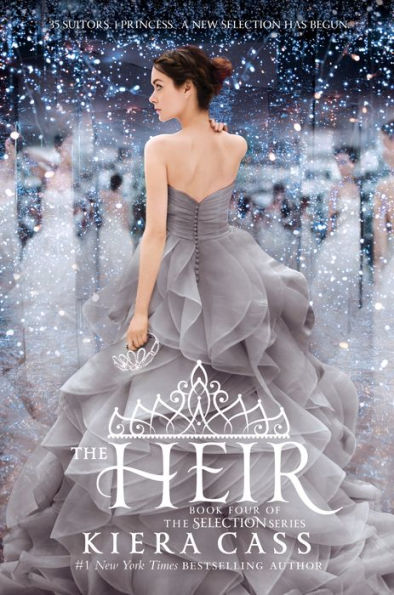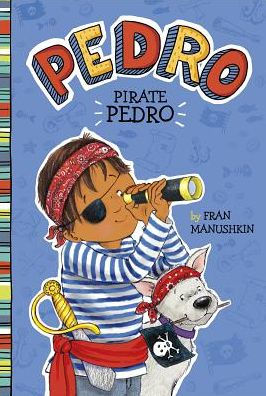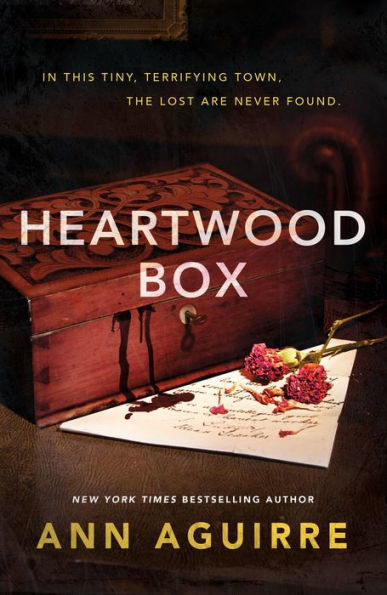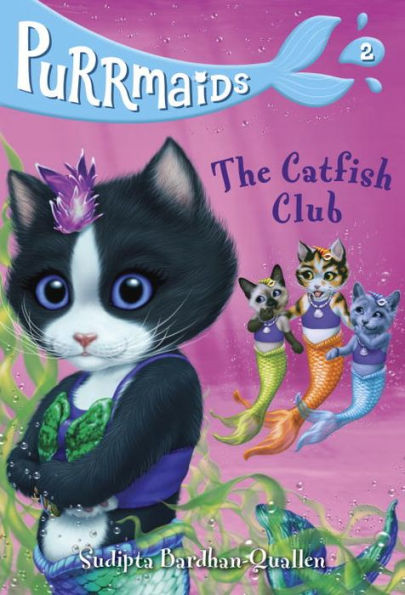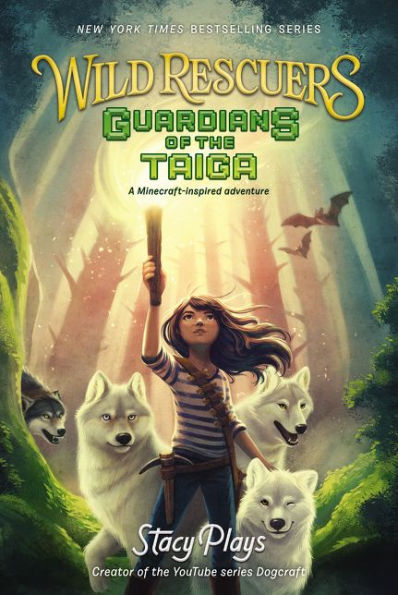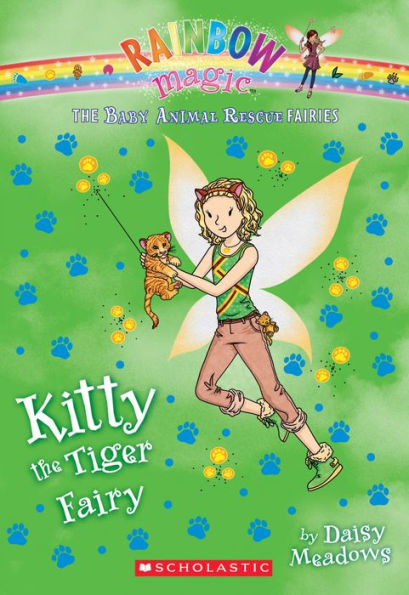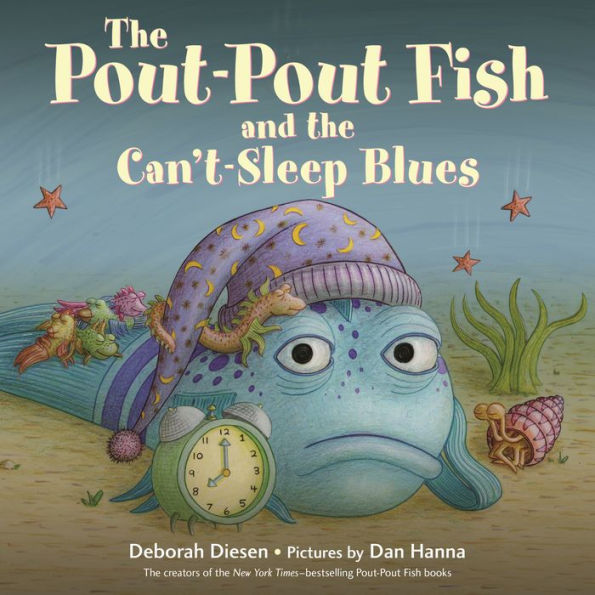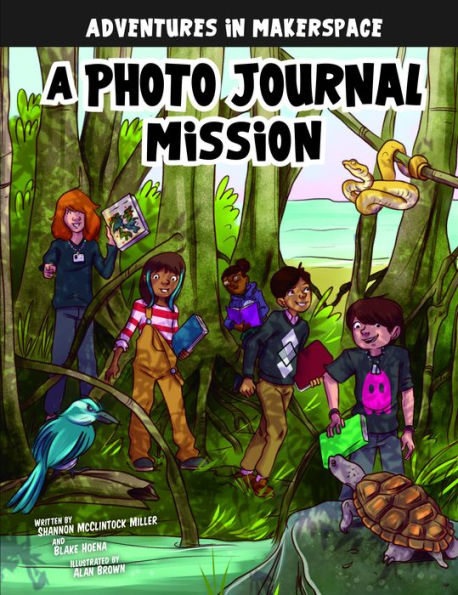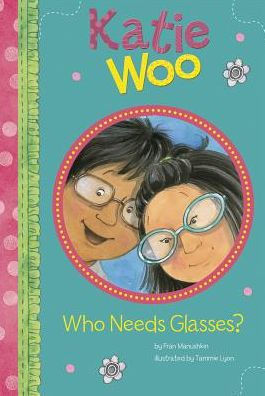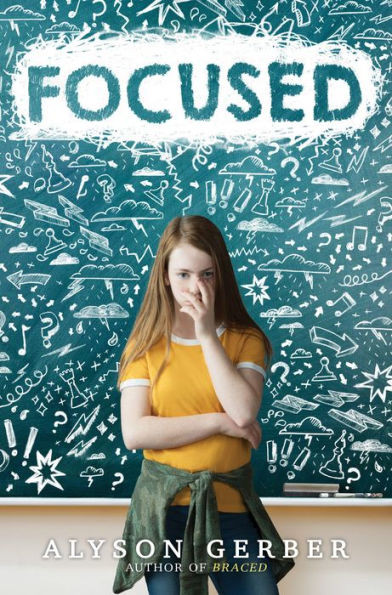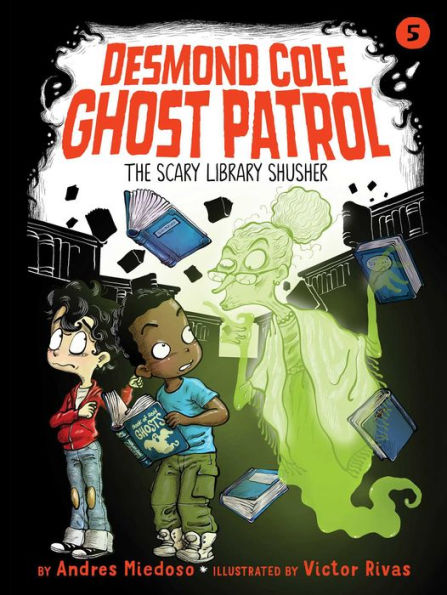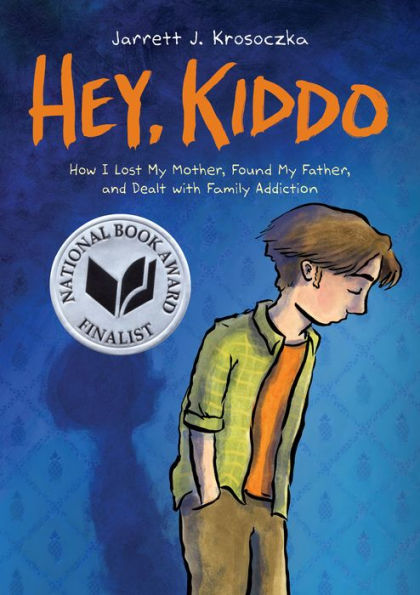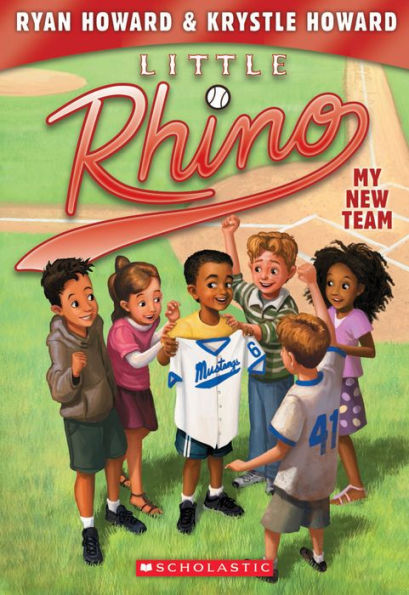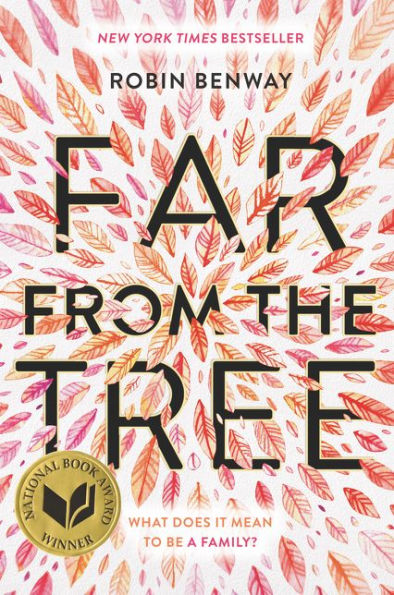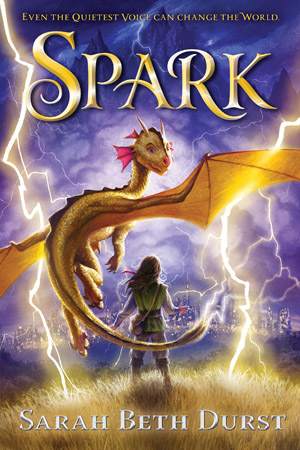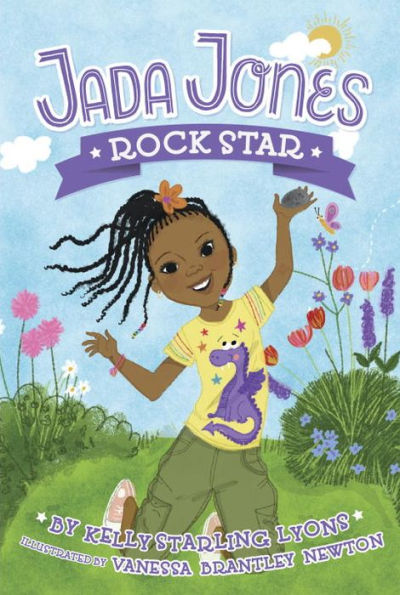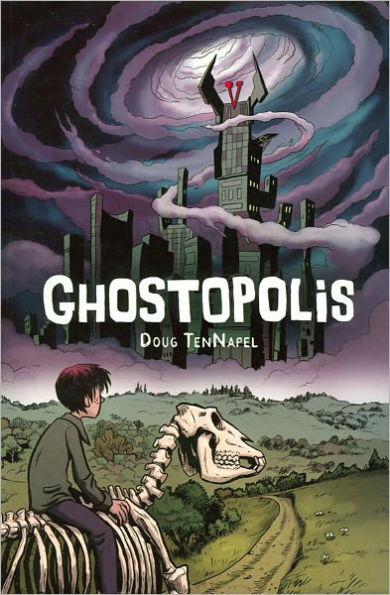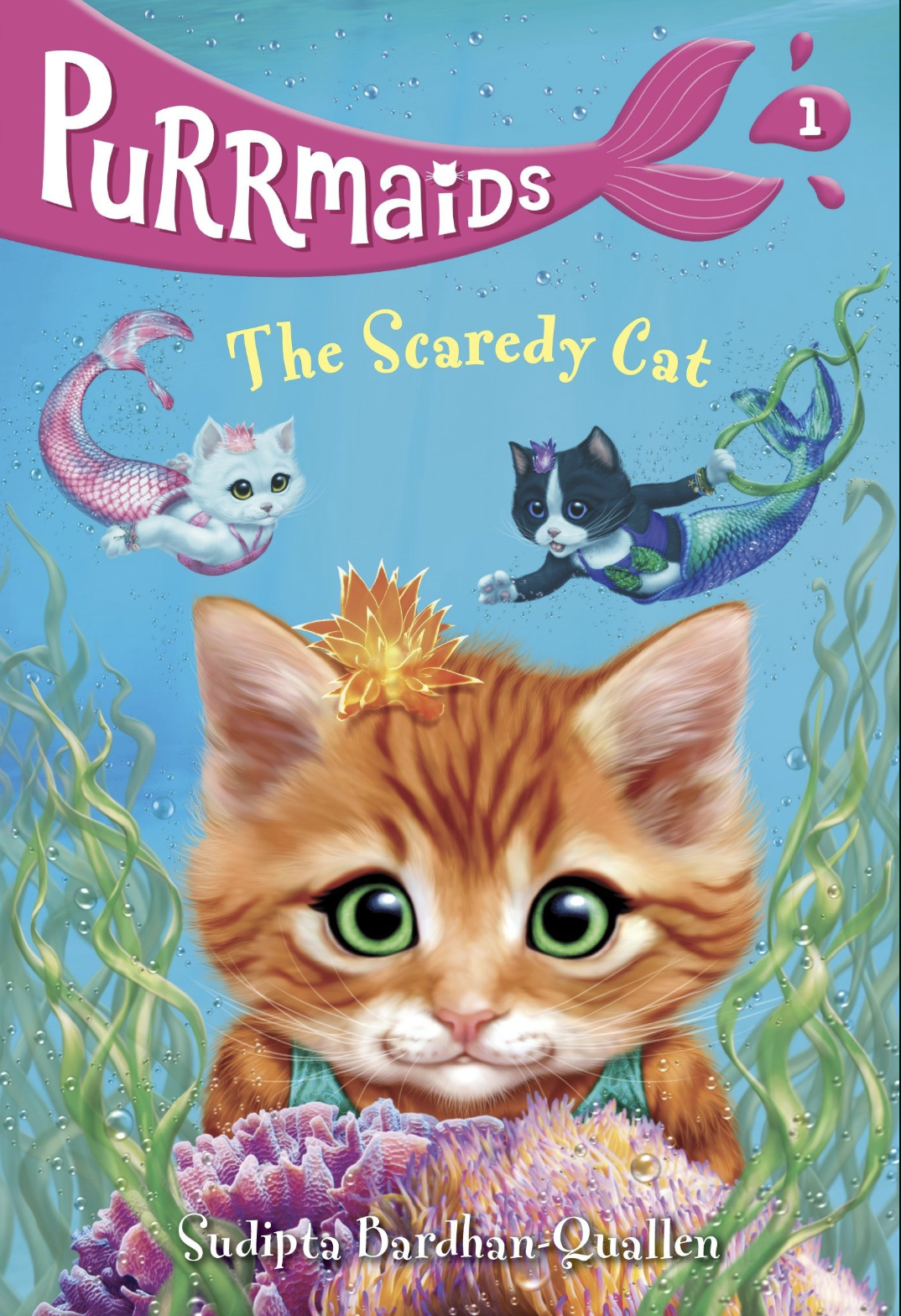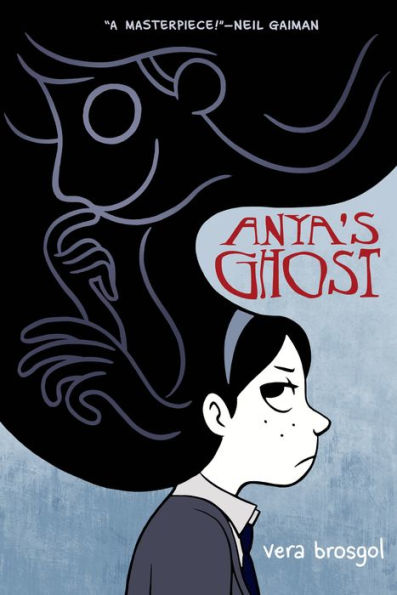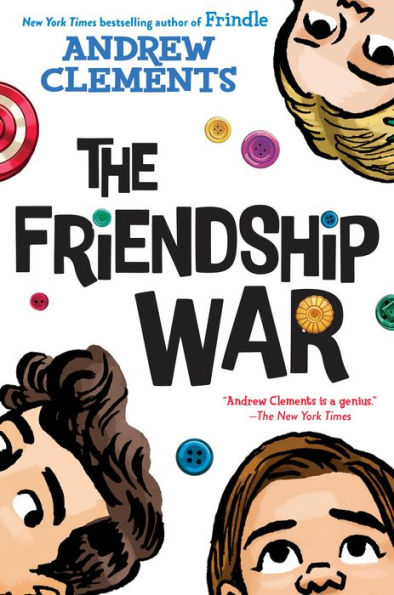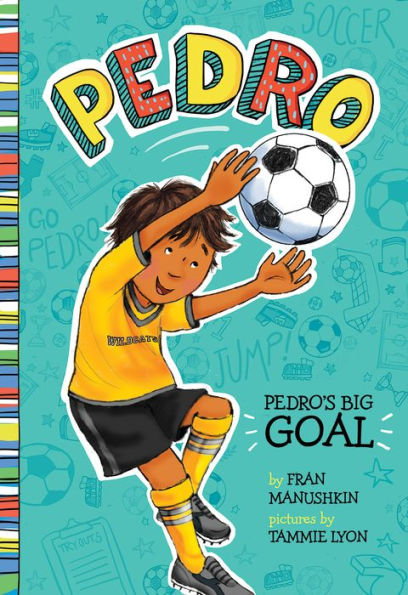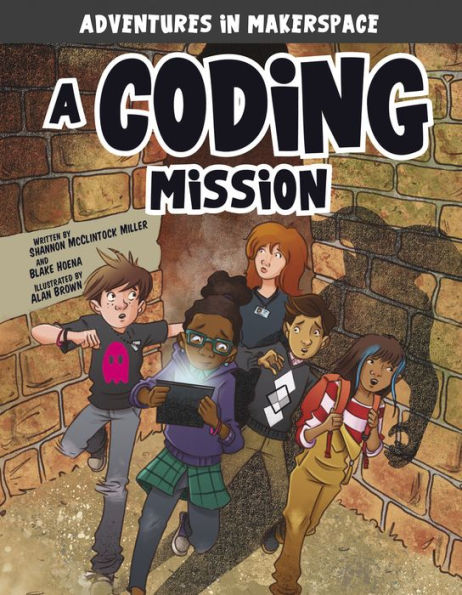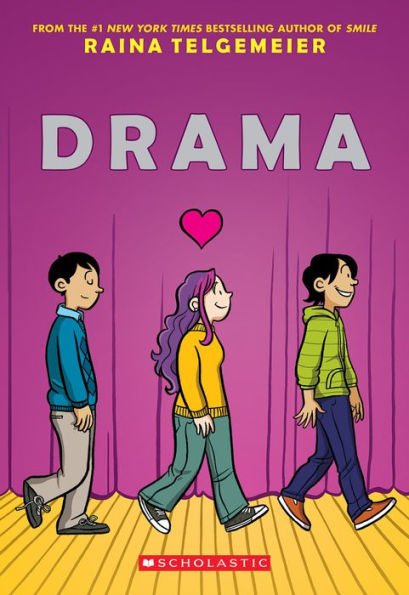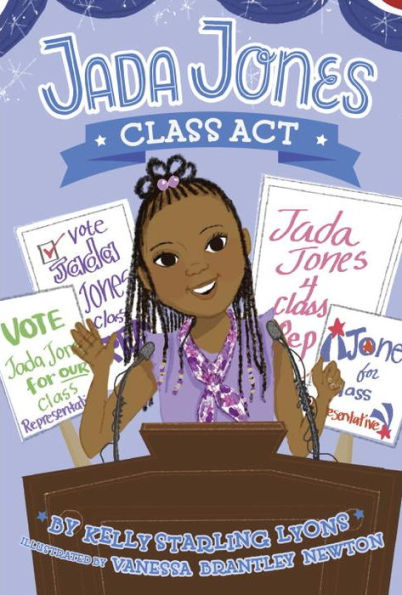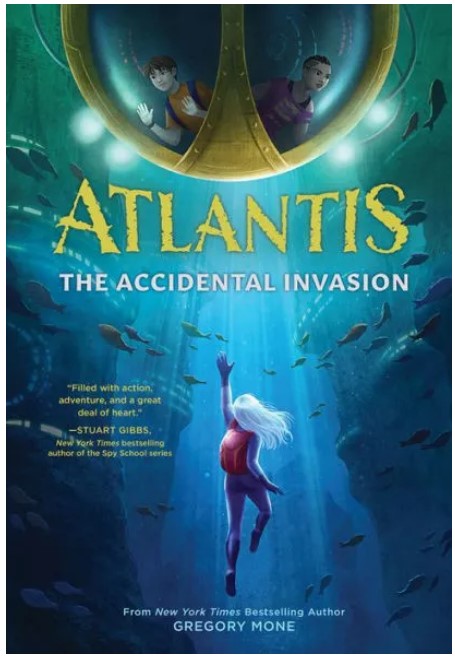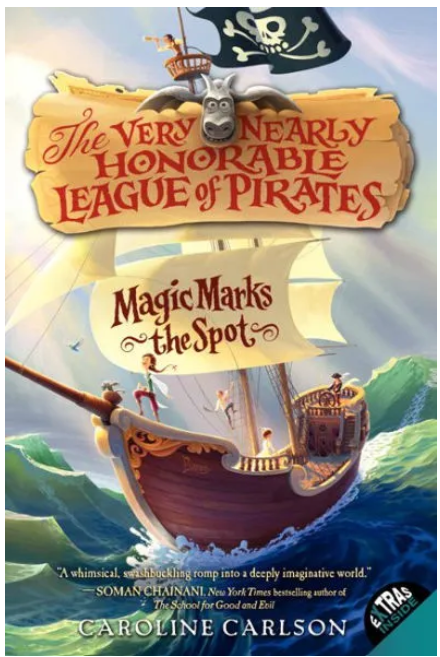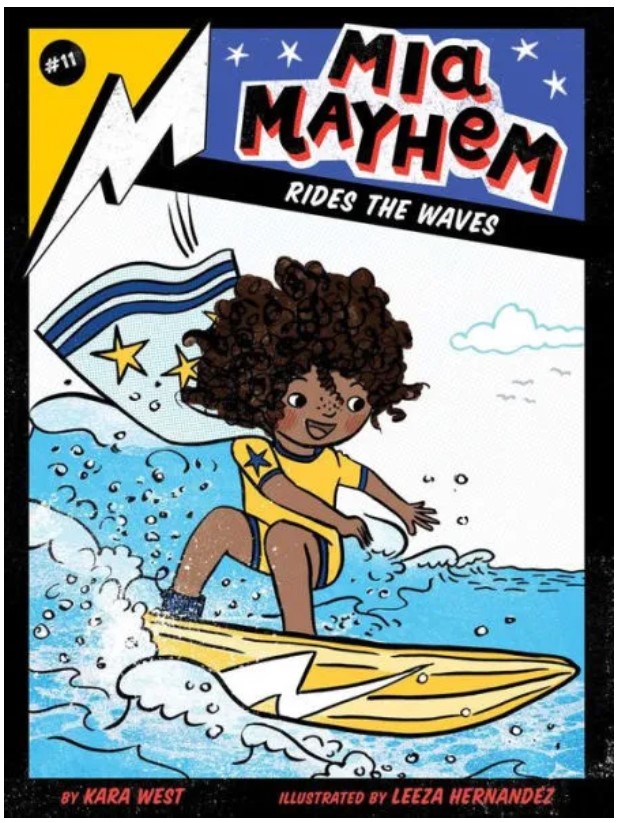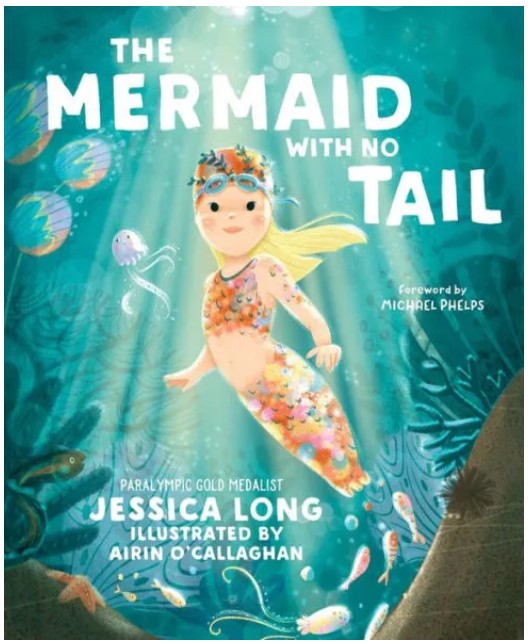Eadlyn, the daughter of Maxon and America, is next in line for the throne and will be the first woman in her country’s history to rule by herself. Eadlyn is powerful—the last thing she needs is a man to get in her way. When unrest begins to develop throughout the country, Eadlyn’s parents come to her with a solution to distract the people while they attempt to settle the turmoil in the country—a Selection of her own.
Eadlyn is against the idea. She doesn’t see how babysitting 35 boys will solve the country’s problems. Eadlyn finally agrees to an attempt at finding a husband through the Selection but plans to sabotage it by acting as unpleasant as possible, encouraging the boys to leave on their own and finishing the Selection her way. However, Eadlyn quickly discovers that she must play to the eye of the public in order to win the public’s favor of herself as the next ruler in line for the throne.
As the Selection runs its course, Eadlyn finds herself enjoying some of the boys and doesn’t entirely hate the thought of them being in her house. However, with fights and attempted inappropriate touching, the press begins to show that Eadlyn doesn’t have control over her own Selection. Will Eadlyn finish her Selection with a husband and continue on to rule the country?
Readers won’t be able to put down this installation of the Selection series as they watch the newest generation of Illea’s royalty work through a possible uprising, budding romance, and a whole new type of Selection. Although the first few chapters of The Heir are slow, the pacing picks up and will leave the readers turning the pages to find out if Eadlyn will find the love of her life and still rule Illea. Readers will want to read the previous books of the Selection series in order to fully enjoy and understand The Heir.
Eadlyn is shown as a powerful, headstrong heir to the throne, who learns how to let her walls down. Eadlyn discovers that letting people see her as more than just a ruler, will actually benefit herself. At the beginning of the book, her condescending, blunt, and rude personality may turn away readers. However, readers will eventually fall in love with Eadlyn as she learns how to be the “people’s ruler.” Entertaining characters from previous books make appearances along with new, well-developed characters. Overall, these components create a storyline that will keep readers turning the pages. The story highlights the importance of family and friends and shows that with the help of others, anything can be accomplished. Because the conclusion of The Heir ends with a cliffhanger, readers will want to have the next book of the series, The Crown, on hand.
Language
- When Kile and Eadlyn greet one another on a date, Eadlyn jokes, “It’s ‘Royal Pain in the Ass’ to you, sir.”
- Kile apologizes for calling Eadlyn “bratty.”
- After a parade ends in a disaster, Eadlyn’s parents ask her what happened. Eadlyn replies, “Hell if I know.”
- “Darn it” is used once.
- Loser is used twice. Eadlyn jokingly tells someone, “Come in, loser.”
- Erik tells Eadlyn, “That’s really none of my business, and you’re obviously having a rough day. I’m an ass.”
Sexual Content
- General Leger is seen kissing his wife, Miss Lucy. In the studio, “General Leger was there, kissing Miss Lucy on her forehead and whispering something to her.”
- When Eadlyn recounts her disastrous meeting of the Selected men, she says, “one blatantly stared at my chest for the entirety of our meeting.” Eadlyn later sends this man home for the reason, “‘When we met, you couldn’t stop staring at my breasts.’”
- Kile and Eadlyn kiss in a hallway with the hopes of being photographed by paparazzi. Eadlyn describes their kiss saying, “Kile leaned down, lips meeting mine, holding them there. Then his lips parted and closed and parted again.” Their kissing is described for about a page.
- Ahren, Eadlyn’s twin brother, makes fun of her for her lack of relationship experience. Ahren says a picture in the paper does not count as a relationship and, “Neither does making out with Leron Troyes at that Christmas ball in Paris.”
- When going on a date with Baden, Eadlyn says, “Baden and I are going to make music…. I mean that literally, by the way.”
- Eadlyn invites Kile over to her room and they kiss. Eadlyn recounts that she “wrapped my hand around his head, pulling him to me, and an instant later his arms were around my waist.” Eadlyn describes their kissing for a page.
- Eadlyn is overwhelmed and goes to Kile for help. Eadlyn pushes Kile into a closet. “I was so overwhelmed, I pressed my lips into his, knowing that would make everything else stop for a minute.” As their kissing gets hotter, Eadlyn begins to remove his shirt, but Kile stops her.
- Henri and Eadlyn kiss in the kitchen. Eadlyn describes their kiss as delicate. “I pressed my lips into his, trying to tell him without words that this was okay, that I wanted him to hold me.” Their kiss is described for half a page.
- Camille, Ahren’s girlfriend, comes to Illea from France. When Camille arrives, Ahren, “held her tightly and kissed every corner of her face.”
- Camille and Ahren sneak off to spend more time together. “Ahren snuck away with Camille, kissing her every step of the way.”
- When Camille and Ahren don’t show up to breakfast one morning, Eadlyn assumes that either, “Ahren had come to his senses and told her that he needed to consider other options, and they were both in the process of avoiding each other… or they’d spent the night together and were maybe still in bed.”
Violence
- When Kile calls Eadlyn “bratty” his mother “twacked her son over the head.”
- When Jack tries to take things too far with Eadlyn, Ahren comes to Eadlyn’s defense. As Jack continues to torment Eadlyn in front of Ahren, Eadlyn had “never seen Ahren throw a punch before. It was almost as shocking as Jack’s limp body after my brother’s fist forced his head to whip back at an awkward angle.”
- During a group date, Burke and Fox get into a heated argument over their cooking styles. As their argument continues to heat up, “Burke threw a punch that knocked Fox back several steps. I sucked in a breath, frozen. Fox came back at him, and I was pushed to the floor by Burke’s arm pulling back for another punch.”
Drugs and Alcohol
- As Eadlyn and her parents prepare for the arrival of the Selected men, her mother and the chef discuss the need to finalize the first seven-course dinner. Eadlyn “groaned internally. A true seven-course meal could take six hours from the first sip of a cocktail to the final bite of chocolate.”
- Eadlyn hides away from her people. She says she “took shelter in long baths or a drink with dinner.”
- After Eadlyn’s parade for the Selected men goes awry, Eadlyn’s mother and father “were both drinking something a little stronger than wine—a rare occasion—though it didn’t appear to be doing much for their nerves.”
- When Eadlyn invites Kile into her room, Kile “spotted the wine I’d provided and wasted no time in pouring himself a glass.”
- When Ean questions Eadlyn on what her favorite food is, Eadlyn answers, “Do mimosas count?”
Spiritual Content
- When Eadlyn comes across two guards, one of the guards says, “Thank God. Go to the king and tell him we’ve found her.”
- When Eadlyn’s mother has a heart attack, Eadlyn rushes to the hospital wing. When she gets there, “Aunt May sat next to Miss Marlee, who appeared to be deep in prayer.”
- When the Selected men find out that Eadlyn’s mother is in the hospital wing, they come to show their support. As they approach Eadlyn, Kile says, “We’ve come to pray.”
Supernatural Content
- None
